The Great Full Moon Festival (정월대보름 한마당)
1.1Km 2025-02-05
37 Samcheong-ro, Jongno-gu, Seoul
+82-2-3704-3106
The National Folk Museum is celebrating the first full moon of the Lunar new year, Jeongwol Daeboreum. A variety of experiences are prepared to eliminate bad luck and pray for prosperity and health. The event provides a chance for locals and tourists alike to learn more about the traditional culture of Korea.
Dalgaebi (달개비)
1.1Km 2024-03-15
16 Sejong-daero 19-gil, Jung-gu, Seoul
+82-82-2-765-2035, 2068
Dalgaebi is a restaurant specializing in Korean table d'hote, using fresh seasonal ingredients. Its flagship menu is the teukseon sangcharim jeongsik (special set menu), which includes porridge, seasonal dishes, main courses, and desserts. The galbi sangcharim (galbi course), featuring premium Korean beef galbi grilled over charcoal and served with soybean paste jjigae, is also popular. Known for its private dining spaces and upscale ambiance, reservations can be made via phone.
Jinsadaek (진사댁)
1.1Km 2024-03-15
30-1 Myeongdong-gil, Jung-gu, Seoul
+82-2-774-9605
Jinsadaek is a traditional Korean restaurant located near Myeongdong Cathedral. It specializes in serving high-end Korean table d'hote prepared with ingredients such as beef, abalone, fish, soybean paste, blue crabs, and japchae. Additionally, they offer specialties like bori gulbi jeongsik (barley-aged dried yellow croaker set menu), ganjang gejang jeongsik (soy sauce marinated crab set menu).
Seoul Hiking Tourism Center - Bugaksan Branch (서울도심등산관광센터(북악산))
1.1Km 2024-03-05
88 Samcheong-ro, Jongno-gu, Seoul
The Bugaksan branch of Seoul Hiking Tourism Center is located on Samcheong-dong Culture Street and provides various services to hikers. It provides hiking course guidance and information (available in Korean, English, Chinese, and Japanese) about the mountains of Seoul, including Bukhansan, Bugaksan, and Inwangsan Mountains, as well as promotional materials such as Seoul hiking tourism guidebooks and maps. Also, it operates hiking tour programs with various themes every week for foreigners and offers hiking gear rental services such as hiking boots, hiking attire, trekking poles, gloves, and crampons for foreigners. (Koreans accompanied by foreigners can also rent the gear.) In addition, there is a storage locker and lounge for visitors, so they can pack up and rest before hiking.
Shoe Marker Plus - Myeongdong Branch [Tax Refund Shop] (슈마커플러스 명동점)
1.1Km 2024-07-01
26, Myeongdong-gil, Jung-gu, Seoul
-
Myeongdong Nanta Theatre (명동난타극장)
1.1Km 2021-07-23
26, Myeongdong-gil, Jung-gu, Seoul
+82-2-739-8288
Nanta, Korea's representative non-verbal performance, opened their fourth exclusive theater in Myeong-dong, the center of shopping. The 386-seat theater is located within the UNESCO Building. It is the largst of the Nanta theaters, and was the first to present foreign actors within the performances. There are 3 shows every day, all year round.
BBQ CHICKEN Myeong-dong Star(BBQ치킨 명동스타)
1.1Km 2024-03-07
2F, 2 Myeongdong 4-gil, Jung-gu, Seoul
+82-507-1363-8810
BBQ CHICKEN Myeong-dong Star's signature dish is the Golden Olive Fried Chicken, which is fried in savory olive oil. The crispy batter and tender, savory meat are excellent. Patrons have other option to yangnyeom chicken (seasoned fried chicken), basak garlic chicken, or half and half. Ordering chicken legs and wings by cut is also a favorite. The best combination is with a cold beer.
James Cheese Deunggalbi Myeongdong (제임스치즈등갈비 명동)
1.1Km 2024-03-11
13, Myeongdong 10-gil, Jung-gu, Seoul
+82-2-318-0192
Situated on Myeongdong Street, James Cheese Deunggalbi specializes in deunggalbi (grilled pork galbi). The main dish here is grilled back ribs with cheese, which is characterized by the harmonious combination of Korean food and cheese. Served with bokkeum bap (fried rice) and gyeran jjim (steamed eggs) riceballs, the dish has a richer flavor with less spiciness. The best part is that customers can choose the amount of cheese and the spiciness of the dish, so they can personalize it to their liking.
Baekje Samgyetang (백제삼계탕)
1.1Km 2024-03-11
8-10, Myeongdong 8-gil, Jung-gu, Seoul
+82-2-776-3267
Located in Myeongdong Street, Baekje Samgyetang is renowned for samgye tang (ginseng chicken soup). This long-standing establishment has been in business for two generations since 1971 so it has been featured on TV in Korea and other countries. In addition to samgye tang, they also serve chicken dishes such as dakdori tang (spicy braised chicken), roasted chicken, and jeonbok juk (abalone porridge), attracting numerous patrons.
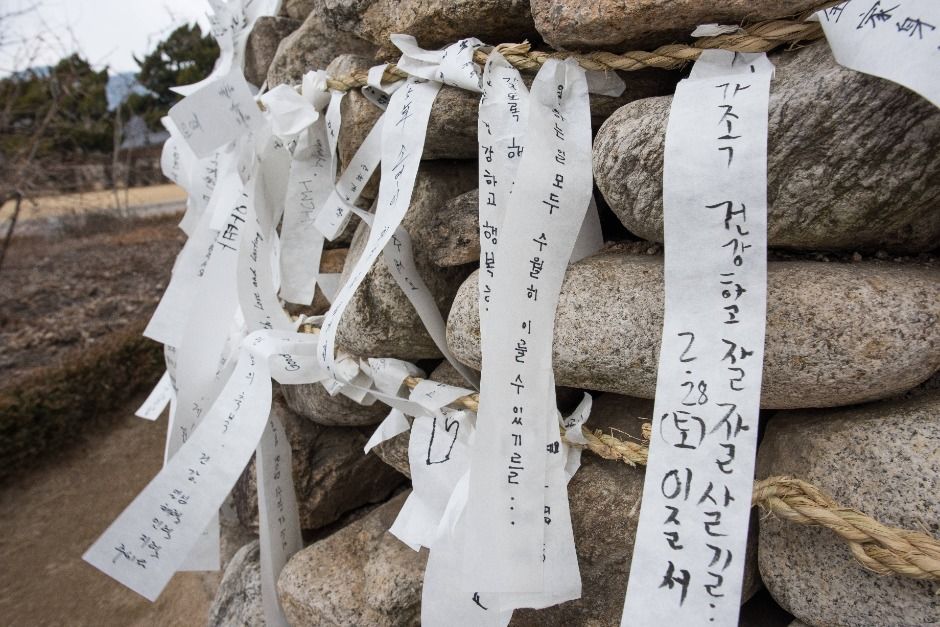

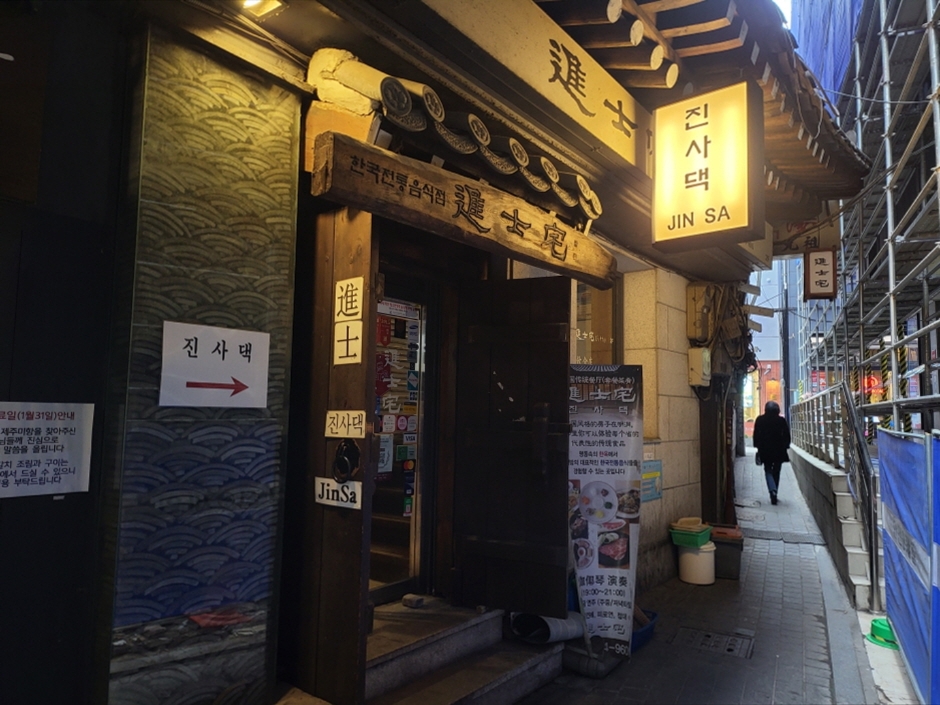
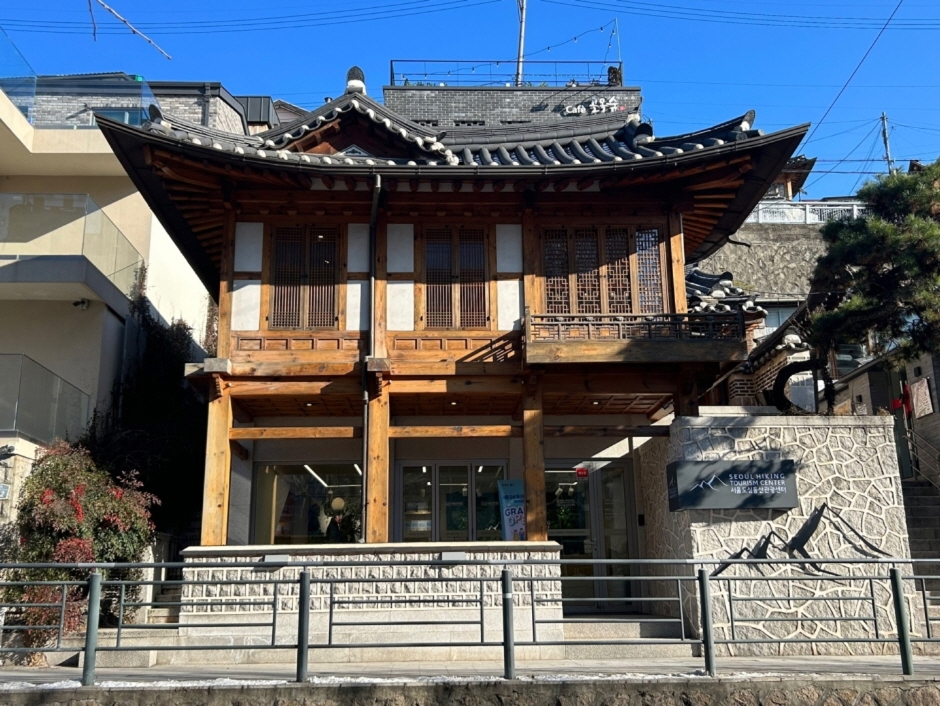
![Shoe Marker Plus - Myeongdong Branch [Tax Refund Shop] (슈마커플러스 명동점)](http://tong.visitkorea.or.kr/cms/resource/73/3314773_image2_1.jpg)
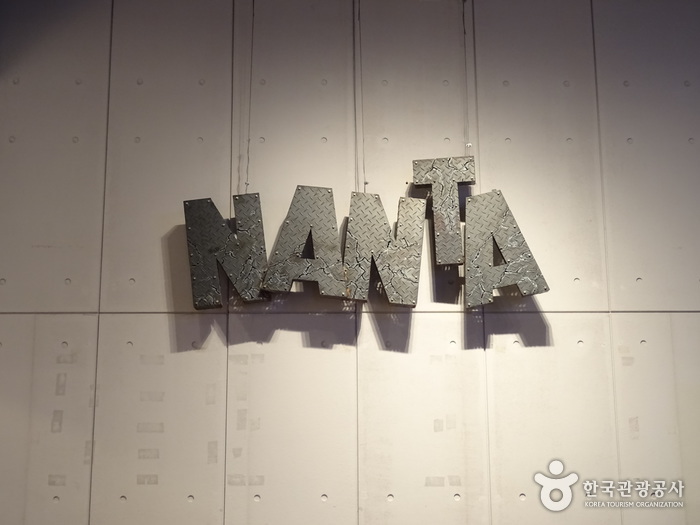
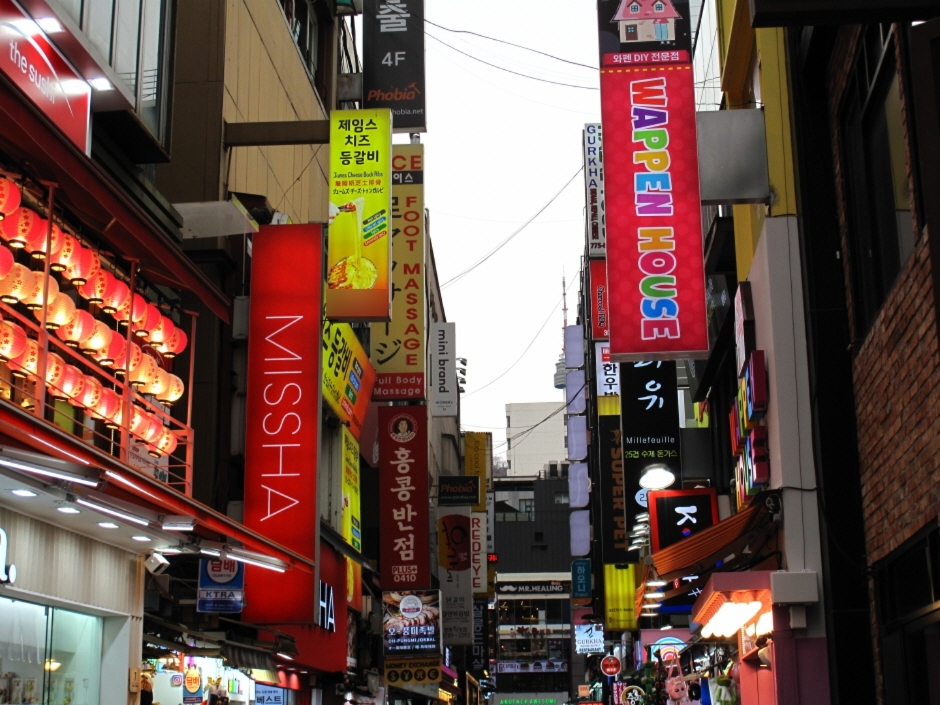
 English
English
 한국어
한국어 日本語
日本語 中文(简体)
中文(简体) Deutsch
Deutsch Français
Français Español
Español Русский
Русский